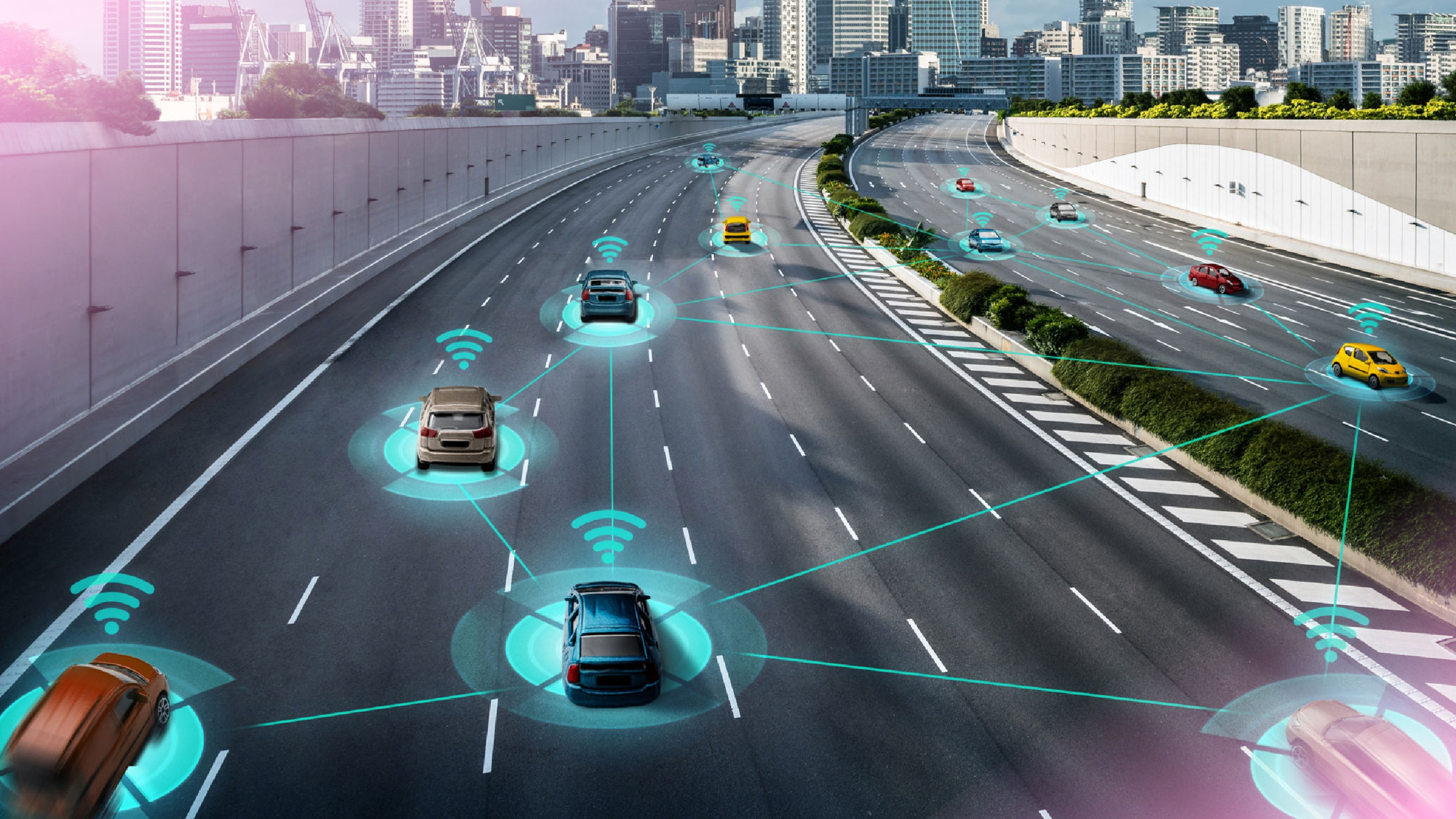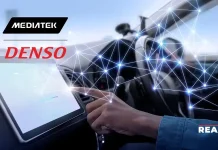The Internet of Things (IoT) is no longer a mysterious trend. It’s a technology that has gradually gained traction and is now quietly shaping our future. The IoT applications are the result of civilization’s curiosity and desire to live a more convenient and connected lifestyle, reducing labor and eliminating the possibility of human error.
By connecting devices to each other and the internet, we’ve enabled them to collect and communicate data, as well as make precise and informed decisions using machine learning and neural networks. There will eventually be 20.6 billion connected devices employing different technologies, according to Gartner research. By 2025, that number may reach 1 trillion, which is a remarkable quantity, according to HP.
IoT applications have the potential to add enormous value to our lives. The Internet of Things, with its newer wireless networks, superior sensors, and revolutionary computing capabilities, could be the next frontier in the race for a piece of the wallet. IoT applications are expected to provide connectivity and intelligence to billions of everyday objects.
What are IoT Applications?
Internet of Things (IoT) applications are the different ways that IoT technology is utilized to connect and communicate with common objects or technologies. IoT has a wide range of uses, including fleet management, traffic monitoring, wearable technology, health monitoring, and industrial automation. Smart homes, agriculture, transportation, and a variety of other industries can all benefit from the IoT. IoT applications use sensors and other hardware to acquire data, which is then transmitted to a central data server where it is analyzed and decided upon. IoT device data can automate processes, improve productivity, and assist businesses and individuals in making better decisions. According to a Cisco report, IoT devices would purportedly create $14.4 trillion in value over the next 10 years across a variety of industries.
5 Industrial IoT Applications
Given below are the IoT applications that are driving industrial growth:
Connected vehicles

One of the most visible examples of IoT in action is autonomous vehicles. Self-driving cars and trucks use a slew of connected devices to safely navigate roadways in all types of traffic and weather. Artificial intelligence (AI)-enabled cameras, motion sensors, and onboard computers are among the technologies used.
IoT connections can also be found in traditional vehicles, with manufacturers installing connected devices to track performance and manage computerized systems. Using real-time data on traffic patterns, road conditions, and possible risks, IoT sensors and data analysis can help identify and stop accidents before they happen. Routes may be improved, fuel consumption can be decreased, and transportation efficiency can be increased overall with the use of connected technology. Remote monitoring and preventative care are made possible by IoT sensors’ ability to offer real-time data on vehicle performance.
Healthcare
To begin with, wearable IoT devices allow hospitals to monitor their patients’ health at home, reducing hospital stays while still providing up-to-the-minute real-time information that could save lives. Smart beds in hospitals keep staff informed of available space, reducing wait times for free space. Installing IoT sensors on critical equipment results in fewer breakdowns and increased reliability, which can mean the difference between life and death.
With IoT, elderly care becomes significantly more comfortable. Sensors can detect if a patient has fallen or is having a heart attack, in addition to the previously mentioned real-time home monitoring.
Smart Home
Smart homes are one of the best and most practical IoT applications, taking both convenience and home security to the next level. Though IoT can be applied at various levels for smart homes, the best is the one that combines intelligent utility systems and entertainment.

Automatic lighting systems, advanced locking systems, and connected surveillance systems are all examples of smart homes. As the IoT evolves, we can expect most devices to become smarter, allowing for improved home security. According to a report released by Techarc, with 32% of connected consumers prepared to spend a total budget of between 20,000 and 50,000 on these devices in 2023, affordability will continue to be the key factor influencing adoption.
Smart Farming
Using farming techniques, crops are cultivated in accordance with environmental parameters. Manual handling, however, is less effective because it results in labor costs, energy waste, and production losses. Agriculture is one of the industries that will benefit the most from the Internet of Things. With so many advancements being made in agricultural tools, the future is undoubtedly bright. Drip irrigation, crop pattern understanding, water distribution, drones for farm surveillance, and other tools are being developed. These will enable farmers to produce a higher-yielding crop and better address their concerns.
A greenhouse with embedded devices not only allows for easier monitoring but also allows us to control the climate within it. The greenhouse’s climate can be mainly monitored and adjusted. Sensors measure various parameters based on plant requirements and send them to the cloud. The data is then processed, and a control action is taken.
Traffic Management
In the last decade, roadway infrastructure has also become more connected, with cameras, sensors, traffic light controls, parking meters, and even smartphone traffic apps transmitting data that is then used to help avoid traffic jams, prevent accidents, and ensure smooth travel.
There has already been significant progress in navigation, which again refers to a phone’s or car’s GPS. However, city planners can use that information to help determine traffic patterns, parking space demand, and road construction and maintenance. The Internet of Things can be best understood by looking at how mobile phones are used as sensors to collect and exchange data from our vehicles via apps like Google Maps or Waze.
Wrapping it up
The manufacturing sector is about to undergo a change due to the Industrial Internet of Things applications. With the ability to gather and analyze enormous volumes of data from connected processes, people, and equipment, the IoT may help manufacturers make better decisions, boost productivity, and boost profitability. IIoT will be essential in helping manufacturers maintain their competitiveness as the global market and industry dynamics continue to change. The expansion of IoT offers the industrial sector great prospects, and companies that invest in this technology now will benefit from increased productivity, efficiency, and profitability in the future.




